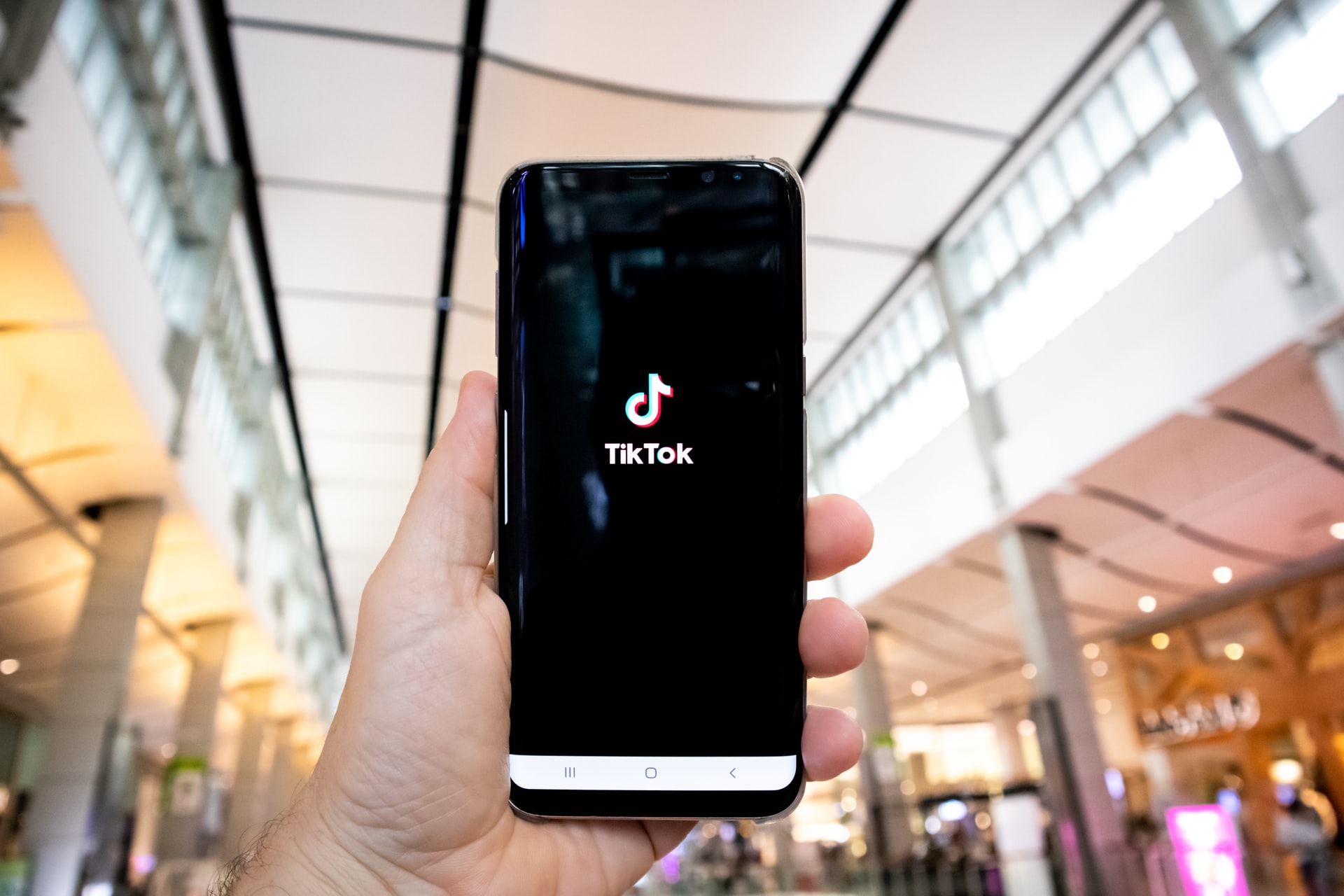
TikTok has increasingly become a major part of brands’ marketing strategies. The platform offers incredible potential to reach target audiences in authentic, creative ways. But as more brands start to work with TikTok creators, they have to understand a key issue those creators are worried about: shadowbanning.
What is shadowbanning?
Shadowbanning occurs when a platform suppresses or removes content without notifying users. Creators might begin to suspect they’ve been shadowbanned if their videos aren’t getting the number of views they usually would, something that’s most noticeable when they’ve been steadily gaining momentum on the platform and their number of views suddenly dips.
One of the biggest problems surrounding the conversation about shadowbanning on TikTok is that so much is just unknown. It could be that suppressed content somehow violated TikTok’s community guidelines — or it could be content the algorithm mistakenly flags as inappropriate. But for professional creators whose content doesn’t violate any rules, concerns over shadowbanning can create a fear that their careers will suffer.
Those fears are only made worse because they don’t know what they did to cause their performance to suffer.
The impact of shadowbanning on influencers
Shadowbanning has put a strain on the influencer economy. Some creators worry their accounts will get shadowbanned if they start creating sponsored posts, so they don’t create them at all — something that clearly hinders brands’ abilities to share marketing messages on the platform. Without knowing how to avoid getting shadowbanned on TikTok, creators might just stop using the platform entirely. They also worry they might be shadowbanned if they join the TikTok Creator Fund, which pays them for their content based on views and engagement.
It’s impossible to know whether creators who see less engagement are victims of shadowbanning — or if their content is simply part of the platform’s natural evolution; when more content creators are competing for views, it becomes a matter of supply and demand. TikTok has stated and then reiterated that joining the TikTok Creator Fund doesn’t impact views or followers, but shadowbanning and the Creator Fund have still become nervously linked in creators’ minds.
While the influencer community is relatively small — a drop in the bucket of the one billion total TikTok users — it’s a vocal minority and the key to marketing success on TikTok. Brands that want to work with creators to produce authentic content have to understand those concerns. And to understand those fears, they have to stay up to date on the topic of shadowbanning.
The struggle for visibility
The issue is one that all social platforms have: They’re continually working to meet their goals of growth and engagement while maintaining trust with users. Users increasingly want to see more social responsibility on social media, and brands should keep this in mind as they move forward with social media marketing. They need to be aware that concerns regarding shadowbanning aren’t going away soon.
The “shadow” portion of shadowbanning is particularly scary for creators and brands that depend on TikTok as part of their marketing efforts. Moving forward, brands need to know that the issue of shadowbanning is going to come up as they engage with creators. Knowing what to expect, it’ll be important to be prepared to address these concerns and show creators that they’re seen, heard, and not alone.
Photo by Olivier Bergeron on Unsplash

Interested in hearing leading global brands discuss subjects like this in person?
Find out more about Digital Marketing World Forum (#DMWF) Europe, London, North America, and Singapore.






